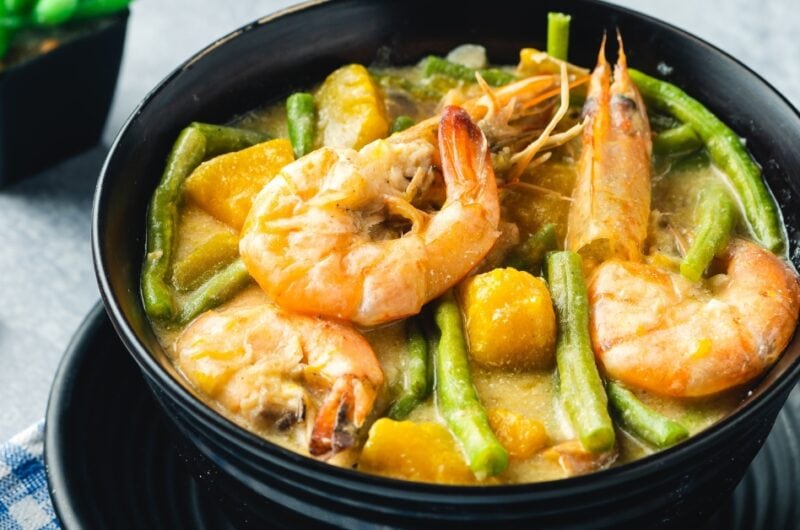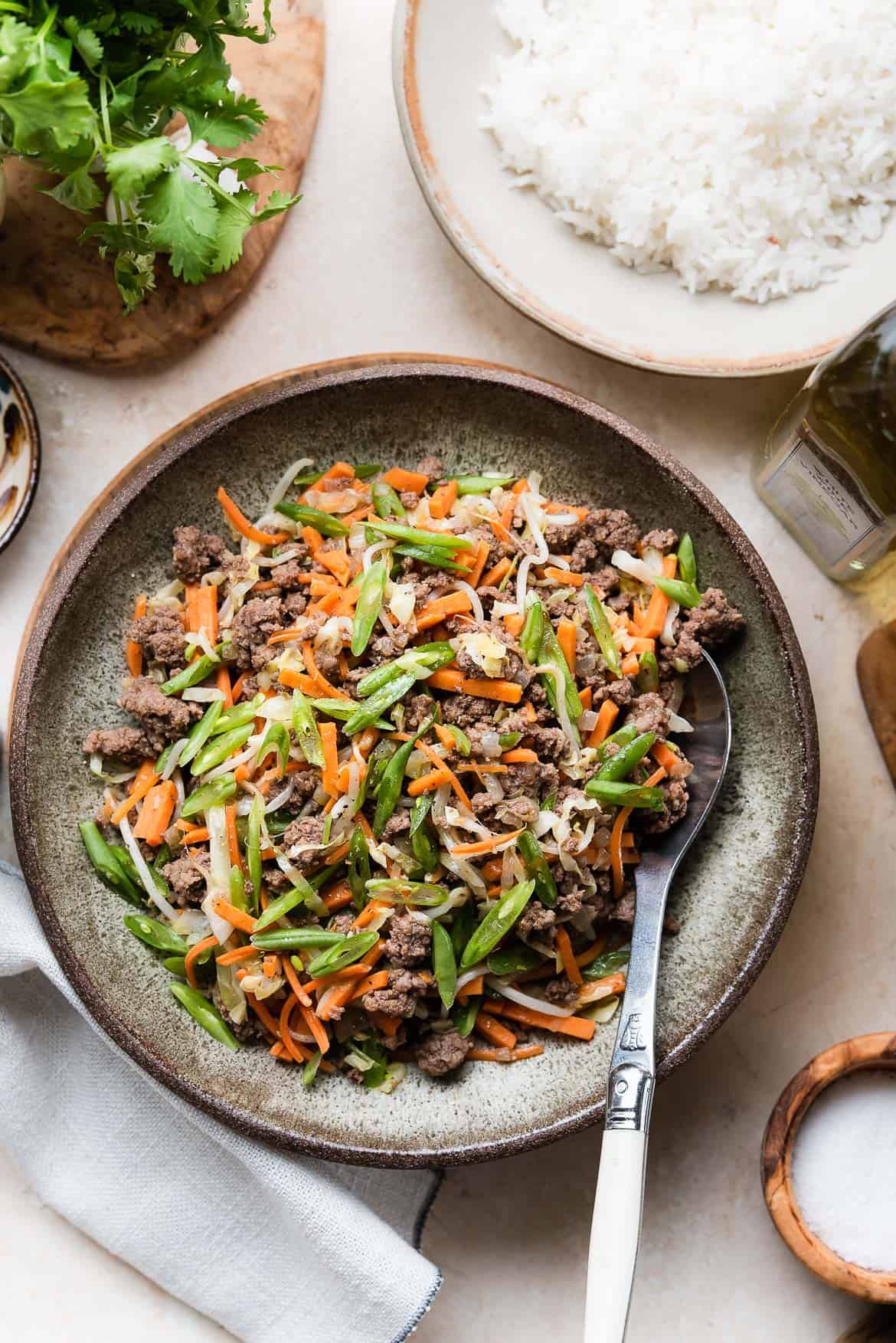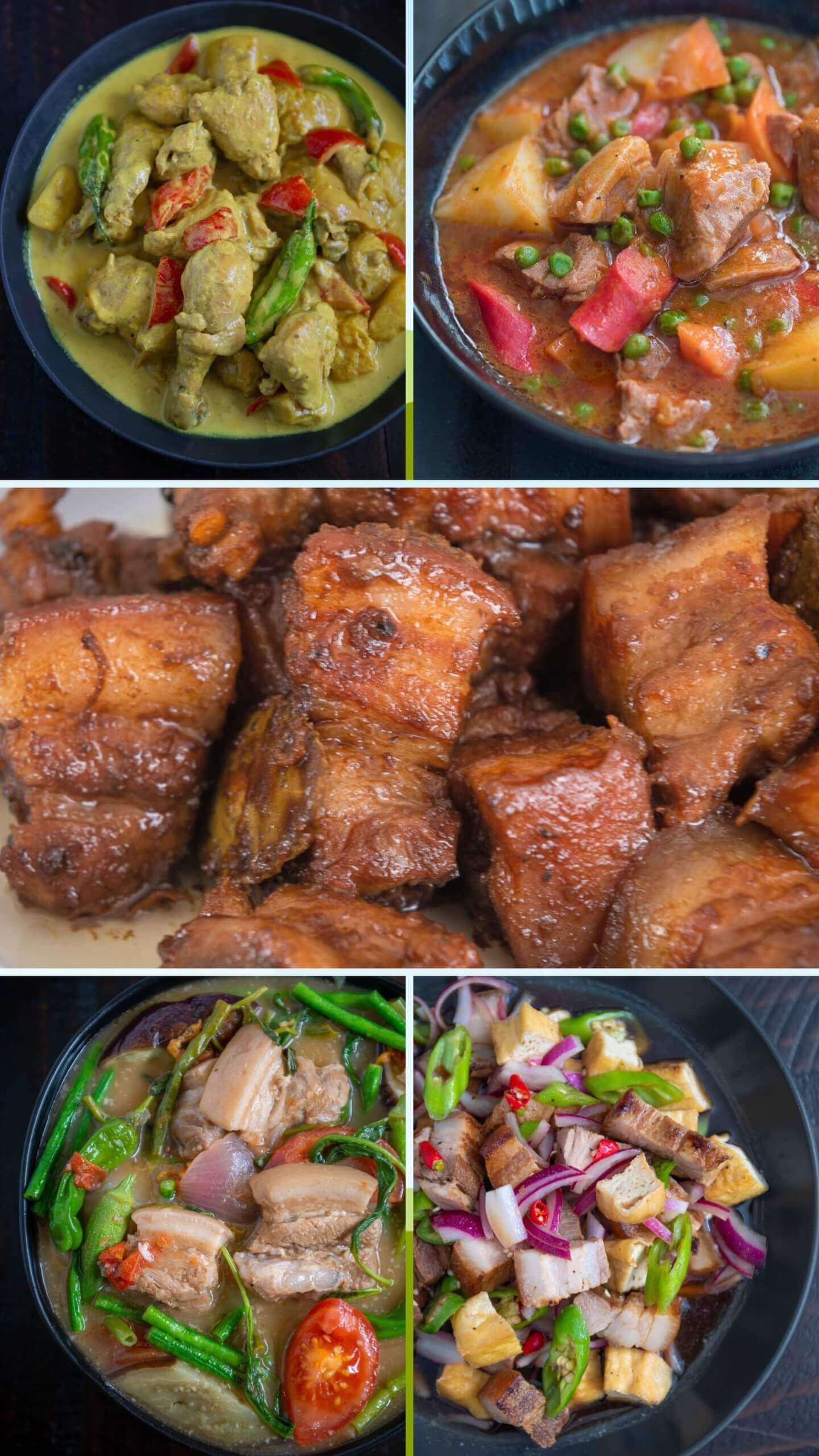Savor Flavorful Filipino Food Recipes for Every Occasion.
Savor Flavorful Filipino Food Recipes for Every Occasion.
Blog Article
Genuine Filipino Food Recipes to Try at Home
Discovering authentic Filipino food recipes presents a possibility to appreciate the elaborate tastes and cultural value behind each dish. From the well-liked Adobo, with its full-flavored marinade, to the tasty Sinigang that embodies the significance of Filipino convenience, these recipes invite a deeper understanding of standard cooking practices. Using fresh, regional components is essential, as is welcoming communal eating-- a trademark of Filipino culture. As we think about the crucial aspects and techniques that specify these culinary prizes, one might wonder what particular dishes can genuinely record the heart of this vibrant food.
Popular Filipino Dishes
Filipino food boasts a rich tapestry of flavors and traditions, with over a loads renowned recipes that highlight the nation's diverse social influences. One of the most widely known dishes is Adobo, a full-flavored stew usually made with hen or pork, marinaded in vinegar, soy sauce, garlic, and flavors. Its zesty taste account makes it a staple in Filipino homes.
An additional beloved meal is Sinigang, a sour soup commonly made with tamarind, tomatoes, and different vegetables. This recipe can include pork, shrimp, or fish, and its revitalizing taste is excellent for cozy climates. For those with a craving for sweets, Leche Flan-- a velvety caramel custard-- acts as a prominent dessert, showcasing the Filipino fondness for rich, wonderful flavors.
Kare-Kare, a hearty oxtail stew with a thick peanut sauce, in addition to the iconic lumpia, or spring rolls, better exhibit the range found in Filipino cuisine. Each meal not only offers one-of-a-kind tastes however also narrates of regional ingredients and historical influences, making Filipino food a vibrant representation of its society and heritage.
Essential Ingredients for Filipino Cooking
The significance of Filipino food preparation hinges on its essential components, which work as the structure for the nation's beloved meals. A selection of flavors and structures collaborated, showcasing the diverse cultural influences that shape Filipino cuisine.
Trick ingredients include rice, the staple that comes with virtually every dish, representing nutrition and area. Soy sauce, vinegar, and fish sauce (patis) are important for spices, imparting umami and deepness to meals. Fresh natural herbs like cilantro and basil add aromatic freshness, while garlic, onion, and ginger offer a robust flavor base.
Protein resources such as pork, hen, and seafood are main to several recipes, commonly marinaded to boost preference. Vegetables like eggplant, bitter melon, and green beans contribute necessary nutrients and balance - Filipino food recipes. Coconut milk is one more considerable active ingredient, offering creaminess and a refined sweet taste to different stews and treats
Last but not least, calamansi, a citrus fruit, offers a refreshing tang that elevates recipes and drinks alike. With each other, these active ingredients produce the vivid and abundant tapestry of flavors that define Filipino food, making it both calming and unique. Understanding these basics is important for anyone aiming to replicate genuine Filipino recipes in the house.
Step-by-Step Dish Overview

Start by preparing your ingredients. For Adobo, slice the meat right into top article consistent items and marinade it in soy sauce, vinegar, garlic, and bay leaves for at least 30 mins. Next, heat oil in a pan and sauté the garlic and onions till aromatic, after that include the marinated meat, enabling it to brown evenly.
For Sinigang, begin by steaming water in a pot and including your selection of meat. As soon as tender, incorporate tamarind paste or fresh tamarind for that signature sour flavor. Adhere to with vegetables like radish and kangkong, food preparation up until just tender.

Tips for Genuine Flavor
Usually, achieving authentic flavor in Filipino meals hinges on the cautious option and treatment of ingredients. Start with fresh, top notch produce, as the vibrancy of veggies and herbs significantly boosts the recipe's overall taste. Staples like garlic, onions, and ginger create the fragrant structure for many dishes; utilizing them in appropriate proportions is critical.
Selecting the appropriate protein is just as crucial. For instance, traditional adobo usually employs hen or pork, seasoned to take in the marinate's complete flavor. Additionally, think about sourcing locally generated or regional active ingredients, as they can give authenticity that store-bought alternatives do not have.
Cooking strategies likewise play a vital duty. Slow-cooking methods, such as braising or stewing, enable tastes to blend perfectly, while frying can add a gratifying structure. Do not forget seasoning; utilizing salt, fish sauce, or soy sauce at the best moments can elevate a meal significantly.
Offering and Enjoying Filipino Food
Culinary experiences are enriched my link when Filipino food is offered with focus to custom and neighborhood. The practice of sharing dishes is main to Filipino society, signifying unity and hospitality. When offering Filipino meals, think about making use of standard serveware, such as clay pots or bamboo baskets, which improve the authenticity of the experience.
Commonly, Filipino dishes are enjoyed family-style, with a selection of recipes placed you could try here at the facility of the table. This public strategy urges interaction and permits visitors to sample different tastes. A well-curated spread might include staples like adobo, sinigang, and lumpia, complemented by rice, which is a fundamental component of every meal.
Going along with the food with typical condiments, such as soy sauce, vinegar, or chili paste, can boost the dining experience, welcoming diners to customize their plates to their preferences. Additionally, integrating regional drinks, like calamansi juice or tuba, can enhance the overall flavor account.
Conclusion

Report this page